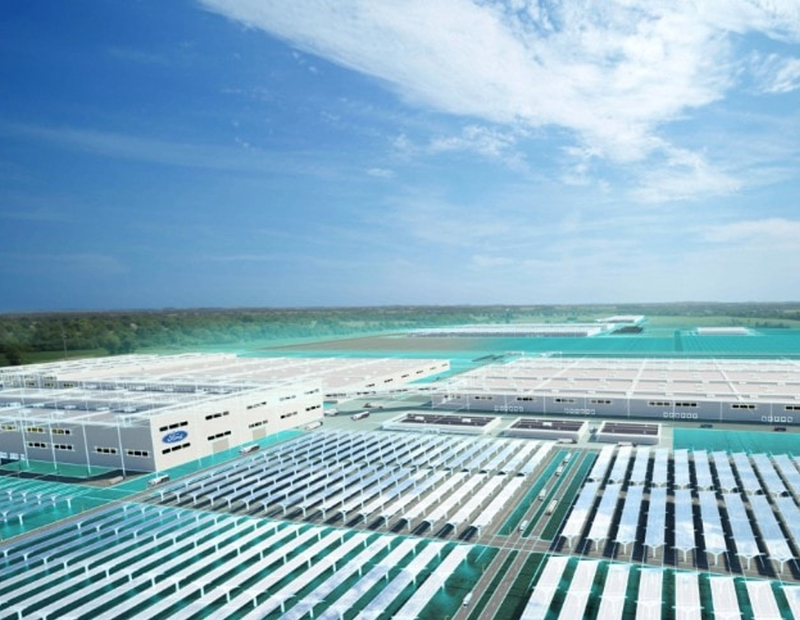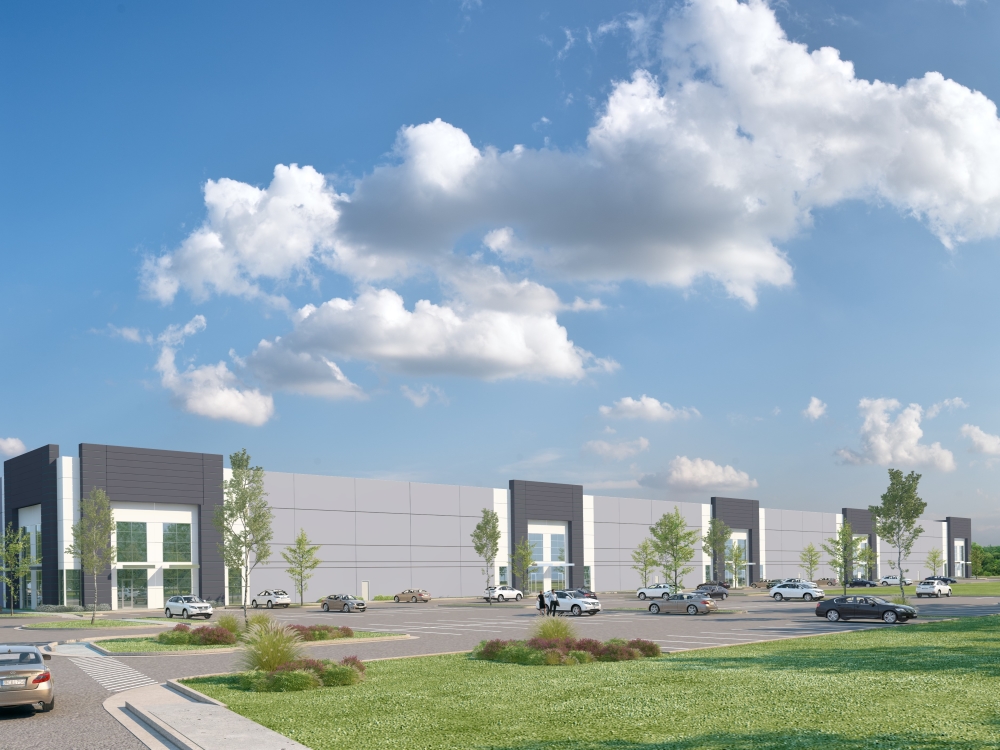CRE Financing: More Regulation, Non-Bank Lending
Triple Net Financial’s Brandon Johnson weighs in on the challenges in commercial real estate financing, the impact of regulations on potential growth and which markets are still ripe for retail development.
By Alexandra Pacurar
The alternative lending market for commercial real estate developments is picking up traction, as traditional lenders are tightening their financing terms and conditions. Changes in regulation are one of the main causes for the constriction. One property type that is particularly challenges is retail, facing the pressure of e-commerce’s growth, but opportunities still abound in secondary markets. Brandon Johnson, president of finance company Triple Net Financial, discussed the effects of more regulation on the CRE market and how shifting population dynamics influence growth in the retail segment.
How do you see the commercial real estate lending market today?
Johnson: Commercial real estate lending generally remains strong, but certain subsets of the CRE space have seen reduced availability of loans or tightening credit standards. While 85 percent-plus loan-to-cost ratios were very common for construction loans a year or two ago, we have anecdotally heard of banks tightening their lending requirements.
The HVCRE (high-volatility commercial real estate) regulatory guidance seems to have impacted the availability of construction and development loans from some banking institutions. As a result, we have seen more non-bank lending institutions try to fill the void. We have certainly seen more developers approach us for financing as a result of more regulation within the banking sector.
Tell us about Triple Net Financial’s financing programs. How are these different compared to what other lenders offer?
Johnson: Triple Net Financial provides 100 percent of cost financing for single tenant, build-to-suit and ground-lease developments. The size and pricing of the financing solutions we offer help real estate developers grow their businesses and take home a greater portion of each deal’s profits. With over $320 million financed since our founding in late 2014, we can offer multi-year facilities to developers that range from $5 million to $100 million.
Triple Net Financial’s custom-designed solutions eliminate the need to secure multiple sources of financing, such as a bank loan and an equity partner. We provide the entire capital stack in a single, simplified structure at a blended cost of capital and set up a template that can be used for each deal. Instead of moving from bank to bank and equity provider to equity provider, our 100 percent of cost financing frees up developers’ time to focus on what they do best.
While a significant portion of the developments that we finance fall under the single-tenant retail umbrella, we have provided financing for some projects that were just outside of that box. With a background in credit underwriting, we can also add a lot of value by providing financing for tenants that are not investment-grade rated. For interested parties, we also offer referral fees of up to $50,000 per new client.
From your experience, what kind of CRE development projects are most common now (property type, verticals, size, etc.)?
Johnson: Within the retail space, we’re seeing significant deal flow coming from the QSR, discounters, grocery, convenience store and dollar store property types. Big-box retailers and apparel continue to feel the increasing pressure from Amazon and other online retail platforms.
We feel that discounters and more service-oriented businesses provide a safer haven from the technological market pressures that have plagued much of the retail industry. Additionally, with a price point of less than $5 million, many of these store formats are perfect for the large 1031 market.
Which are the most active markets when it comes to new CRE development? Do you predict any changes going forward?
Johnson: Much of the deal flow we have seen has been from high-growth secondary markets in coastal states, such as Central Florida metros and the Inland Empire of California. Shifting population dynamics are leading to burgeoning national presences for secondary markets with strong economic fundamentals and growth capacity (especially for those with sophisticated transportation infrastructure).
Going forward, we feel that expansion will continue to follow the areas where there is population and job growth. We finance properties across the entire U.S., so the particular region of growth is not a limiting factor for us.
How do you see the CRE capital markets going forward?
Johnson: This largely depends on regulations, interest rates and cap rates. More regulatory scrutiny on banks would likely cause developers to seek out firms like Triple Net Financial for their financing needs. If interest rates increase, this would likely impact a borrower’s ability to meet DSCR covenants and may reduce the proceeds they can borrow.
If borrowers can’t borrow as much, this may cause cap rates to rise (causing prices to decline). Some of these things are closely correlated to economic growth, which is going OK right now, but a reduction of economic growth could create different dynamics for interest rates and cap rates. In addition, the outlook for brick-and-mortar retail may also impact the availability of financing and cap rates for a portion of the CRE segment.
Image courtesy of Triple Net Financial








You must be logged in to post a comment.